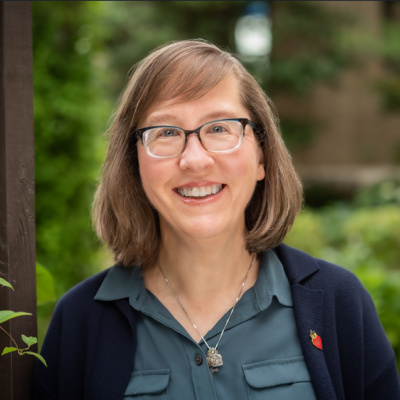|
Getting your Trinity Audio player ready...
|
Recently, on my favorite podcast, two priests I respect lamented that the National Eucharistic Congress’ main accomplishment seemed to be the National Eucharistic Pilgrimage. They love a good Eucharistic procession, they said, but processions are for the devout. After three years, and at a cost of many millions, was this the best the bishops could do?
I’d like to counter that it might be the least they could do…but it was well worth doing.
Are pilgrimages and Eucharistic processions for the devout? Undeniably. But these days, the devout need encouragement. They are, in many cases, made to feel like bizarre religious fanatics. Abstain from meat on Friday? Go to Mass on Holy Days of Obligation? Go to confession more than once a year? Who do you think you are—the pope?
Orthodox. Faithful. Free.
Sign up to get Crisis articles delivered to your inbox daily
Yes, the devout need encouragement. But pilgrimages and Eucharistic processions are also for the less devout: for the wavering, the undecided, the intrigued, the curious. Like all the gestures, words, songs, and postures we assume at Mass and when we pray, they bolster and build faith. For some, they spark conversion or reversion.
And finally, but not least importantly, they are for unbelievers. Processions are a powerful witness to what Catholics believe and to Christ’s continuing presence in the world. Did all the people processing have a perfect comprehension of, and faith in, how Christ is present in the Eucharist body, blood, soul, and divinity? Maybe not. But they modeled it, and by modeling it they helped themselves to better and more deeply understand this truth. Our faith is incarnational, what we do with our bodies reflects the faith in our hearts and helps develop our understanding of it.
Not far from where I write this, in Covington, Kentucky’s magnificent Gothic-style cathedral, a fabulous stained-glass window commemorates the Eucharistic procession at the very first National Eucharistic Congress, held in 1895 in Washington, D.C.
Twenty-one feet high and nine feet across, the window was designed under the direction of the bishop who built the cathedral, Camillus Maes. Though Bishop Maes told the German firm that made it not to include any portraits, the artist who made the sketch used his face as the model for the priest holding the monstrance.
It’s an apt memorial. Bishop Maes was the Congress’ main planner, and the Priests’ Eucharistic League of America, founded in his front parlor, became a driving force behind increased devotion to the Eucharist—which, it’s worth noting, was then at a low.
Was that Eucharistic Congress better than this one? Maybe. But much as we may wish for a Bishop Maes, we don’t have one. Much as we may wish for a Pope Leo XIII, who was the Holy Father in 1895, we don’t have one. Much as we might wish for a Catholic population that would turn out 200,000 strong at a Eucharistic Congress, as they did for one event at the 1935 National Eucharistic Congress in Cleveland, we don’t have one.
But we have Christ. Christ is the same yesterday, today, and tomorrow. And the four routes of the National Eucharistic Pilgrimage brought Christ to the streets of our vast country from north, south, east, and west. Many of the local pilgrimages included thousands of people; all of them were accompanied by events large and small. That’s not nothing.
The things devoutly wished for by the priests on that podcast (restoring altar rails, reception on the tongue, etc.) aren’t things the lay organizers of the Congress could make happen even if the bishops all agreed they should. And as we know, the bishops don’t all agree that they should. The bishops, I think it’s safe and charitable to assume, don’t all agree on much of anything.
However, they do seem to agree that something is very wrong and that part of that something has to do with people not believing, or not caring about, Christ’s presence in the Eucharist.
Surely, the least the bishops could do was arrange for Christ, present in the Eucharist, to be processed by and before hundreds of thousands of people, and maybe more, in our vast, beautiful, troubled country. Surely, the least they could do was give us the opportunity to discover and cherish what they can’t figure out how to teach us.
The least they could do? Maybe. But they did it, and more. The very least we can do in return is use it to find out what Christ is asking us to do.
